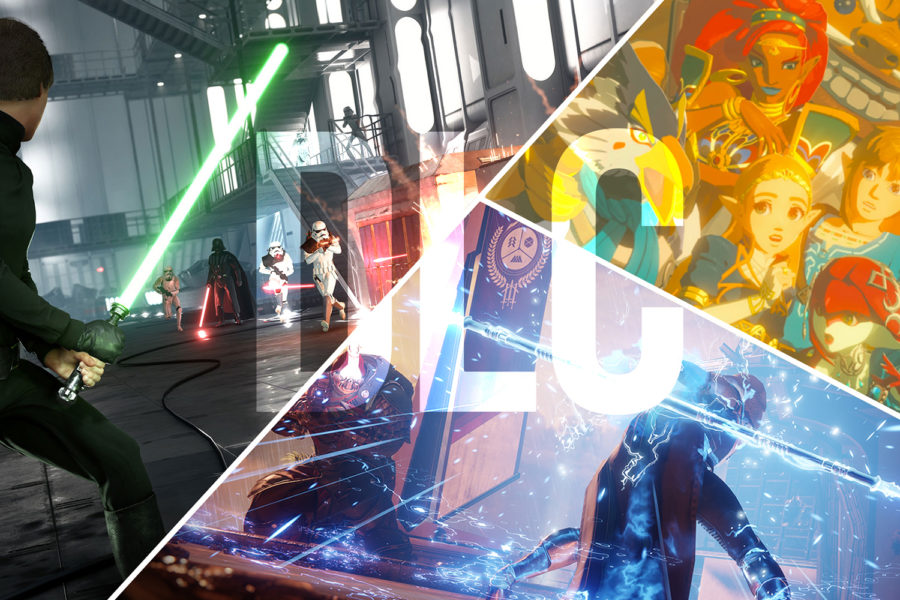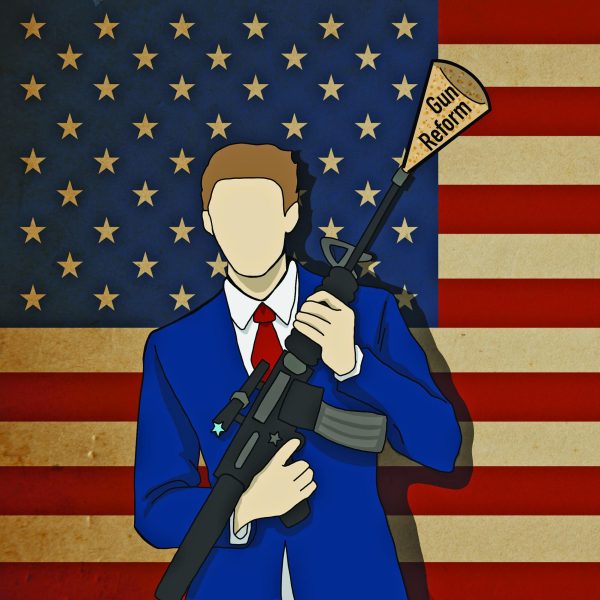Downloadable content ruining fun of gaming
Greedy companies use microtransactions to squeeze consumers
April 3, 2018
While video games ordinarily bring great joy to players, the system of paying for game development can be a source of huge frustration.
In the last few years, the business models of the gaming industry has shifted in huge ways. Increasingly, companies are resorting to squeezing more money out of consumers by offering “downloadable content,” known as DLC and in-game micro-transactions.
One of the worst cases of this phenomenon is the case of Destiny. Destiny was an enormously promising game, made by some of the two biggest developer names: Bungie and Activision. These companies are famous for making Halo and Call of Duty, respectively. Destiny had it all: astonishing art style, interesting concepts, great marketing and two master puppeteers behind it all.
Throughout its lifetime, Destiny had four different “Expansion Packs” released over the course of about two years. And for every single time, one was released, the player was forced to get the new one, or else they would have an incomplete game, with many areas and missions blocked off. If you paid for the base price of everything as it came out, you would have spent $185 on Destiny. However, Destiny also came out in the middle of the switch of console generations, leading many people to buy the game twice to stay updated. Alongside of all of this, Destiny introduced microtransactions in late 2015. This meant players could pay for in-game items with real money.
Very similarly, Star Wars Battlefront II (2017), developed by EA, does the same thing. However, surprisingly they actually got publicly called out on this. Players found out that to unlock Darth Vader as a playable character it would take about 40 hours of gameplay, 60,000 credits, or paying real life money to get a “premium currency” called crystals. One crystal equals 20 credits so a player would need 3,000 crystals, which would cost you $36.
Even what some consider the best game of 2017, e Legend of Zelda: Breath of the Wild suffers from the DLC fever. However, it is very different for Breath of the Wild, because it was very much a complete game when it was originally released, and it was a really good one at that.
Players of Breath of the Wild are not required to buy the DLC to continue having the complete game, it only adds more content. My gripe with the Breath of the Wild DLC is that the content that the DLC’s add is not a significant enough expansion to make it worth the purchase. Many people expected a lot more but all they got was a couple more things to explore, rather than new levels with content that adds to the story and develops any of the side characters.
DLC can work. For example, Grand eft Auto 5 has handled it’s expansions wonderfully. Players have not had to pay for any of them. e only microtransactions it uses in-game are optional. ey give advantages to players but nothing a smart player can’t compete without. at is how to do DLC right.







